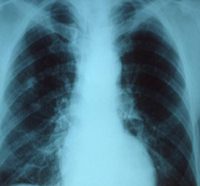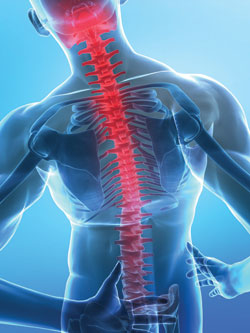 How the work comp law in Michigan is changing in 2013
How the work comp law in Michigan is changing in 2013
On and after January 1, 2013, services are employment if the services are performed by an individual whom the Michigan administrative hearing system determines to be in an employer-employee relationship using the 20-factor test announced by the internal revenue service of the United States department of treasury in revenue ruling 87-41.
This is a big change in the law and seems to return us to the days of the economic reality test. It appears that employer control over an individual will now be a major factor in the determination of employment status. This change will hopefully reduce the number of employers who try to game the system.
via News Rules Regarding Independent Contractors | Workers Comp Lawyer Help.









